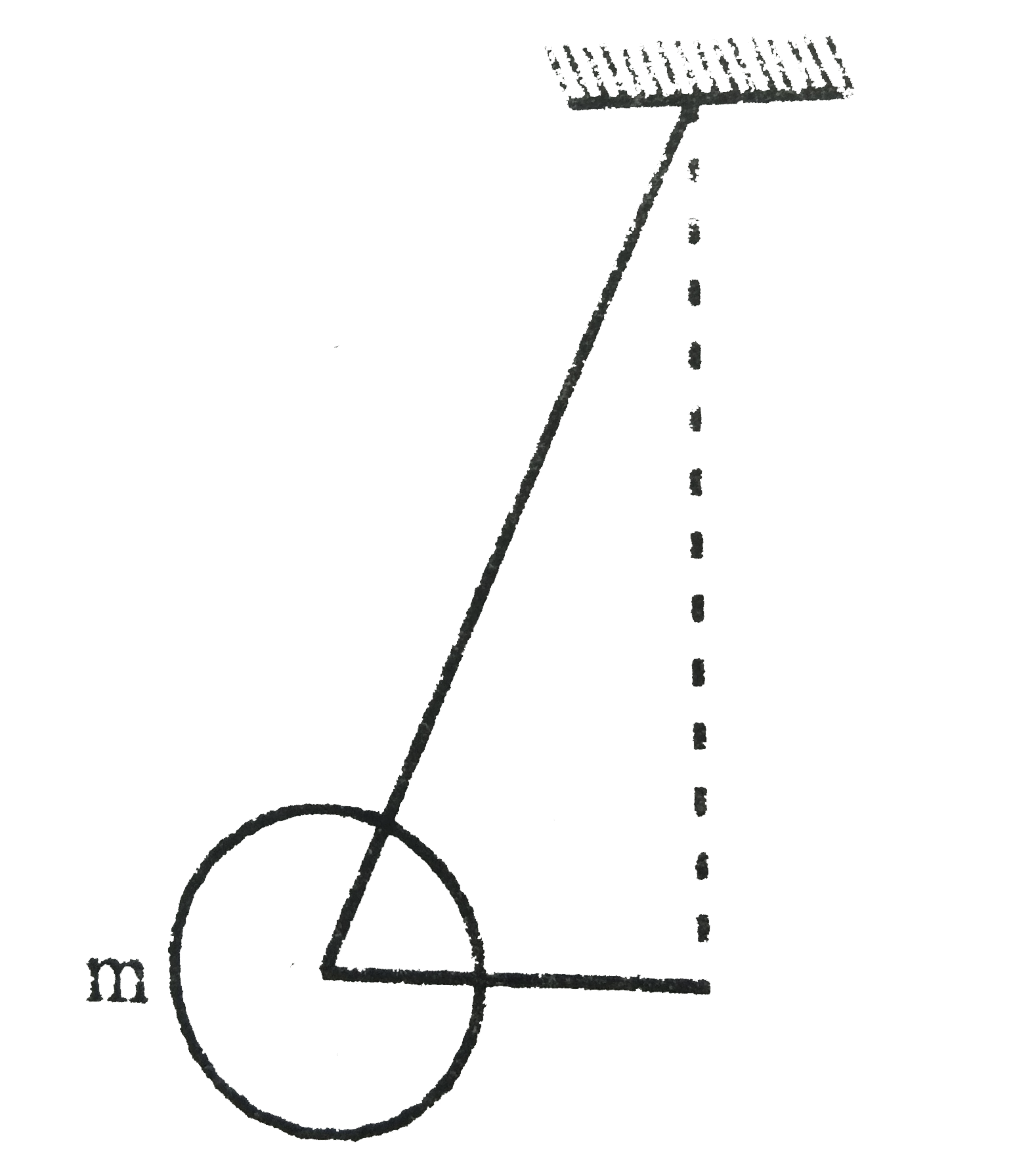Assertion: The angle between vectors →A×→B and →B×→A is π radian.
Reason: →B×→A=−(→A×→B) Solution in Gujrati
(A) Statement 1 is true, statement 2 is true. Statement 2 is the correct explanation of statement 1
(B) Statement 1 is true, statement 2 is true. Statement 2 is not the correct explanation of statement 1
(C) Statement 1 is true and statement 2 is false.
(D) Statement 1 is false and statement 2 is true.
The correct Answer is:A, D
Step by step video & image solution for Assertion: The angle between vectors vecAxxvecB and vecBxxvecA is pi radian. Reason: vecBxxvecA=-(vecAxxvecB) by Physics experts to help you in doubts & scoring excellent marks in Class 12 exams.
Updated on:21/07/2023Topper's Solved these Questions
- BASIC MATHSBOOK - ALLEN CHAPTER - BASIC MATHSEXERCISE - Exercise-01
24 Videos
- BASIC MATHSBOOK - ALLEN CHAPTER - BASIC MATHSEXERCISE - Exercise-03
1 Videos
- BASIC MATHSBOOK - ALLEN CHAPTER - BASIC MATHSEXERCISE - EXERCISE-5(A)
15 Videos
- AIIMS 2019BOOK - ALLEN CHAPTER - AIIMS 2019EXERCISE - PHYSICS
39 Videos
- CIRCULAR MOTIONBOOK - ALLEN CHAPTER - CIRCULAR MOTIONEXERCISE - EXERCISE (J-A)
6 Videos
Similar Questions
If the force is given by F=at+bt2 with t is time. The dimensions of a and b are
View SolutionAssertion : Light year and year, both measure time.
Reason : Because light year is the time light takes to reach the earth from the sun.
View SolutionThe forces, which meet at one point but their line of action do not lie in one plane,are called
View SolutionA simple pendulum executing SHM in a straight line has zero velocity at 'A' and 'B' whose distances form 'O' in the same line OAB are 'a' and 'b'. If the velocity half wat between them is 'v' then its time period is
View SolutionA ball of mass (m)0.5kg is attached to the end of a string having length (L)0.5m. The ball is rotated on a horizontal circular path about vertical axis. The maximum tension that the string can bear is 324N. The maximum possible value of angular velocity of ball (radian/s) is -
 .
.
View SolutionIf →a→b be any two mutually perpendiculr vectors and →α be any vector then ∣∣→a×→b∣∣2(→a.→α)→a→a∣2+∣∣→ax→b∣∣2(→b.→α)→b∣∣→b∣∣2−∣∣→a×→b∣∣2→α= (A) ∣∣(→a.→b)→α∣∣(→a×→b) (B) [→a→b→α](→b×→a) (C) [→a→b→α](→a×→b) (D) none of these
View Solution(→A×→B)+(→B×→A) is equal to
View SolutionThe angle between (vecAxxvecB) and (vecBxxvecA) is (in radian)
View SolutionIf veca=2veci+3vecj and vecb=veci+vecj , find (i) veca.vecb , (ii) vecaxxvecb and (iii) vecbxxveca
View SolutionIf →a,→b are non zero vectors, then ((→a×→b)×→a).((→b×→a)×→b) equals
View Solutionसदिशों →a×→b और →b×→a के बीच का कोण लिखिए |
View Solutionयदि →a=3ˆi−ˆj+2ˆk और →b=ˆi+ˆj−4ˆk तो
(i) ∣∣→a×→b∣∣ (ii) →b×→a तथा ∣∣→b×→as∣∣ (iii) इसके बीच का कोण तथा (iv) इन पर लम्ब इकाई सदिश ज्ञात कीजिए।
View Solutionvecaxxvecb is not equal to vecbxxveca . Why ?
View Solutionयदि →A×→B=→B×→A हो तो →A व →B के बीच का कोण होगा
View SolutionGiven vecC= vecAxxvecB and vecD = vecBxxvecA What is the angle between vecC and vecD ?
View SolutionWhat is the angle between vecAxxvecB and vecBxxvecA ?
View Solution
